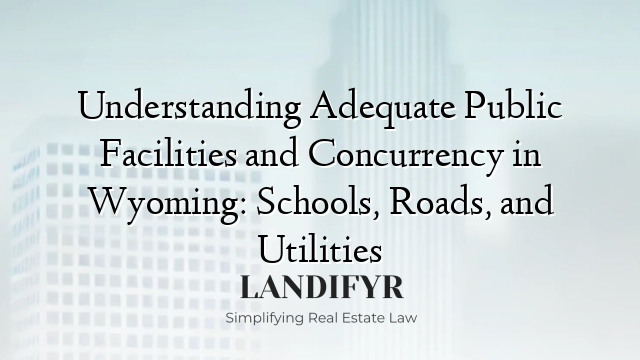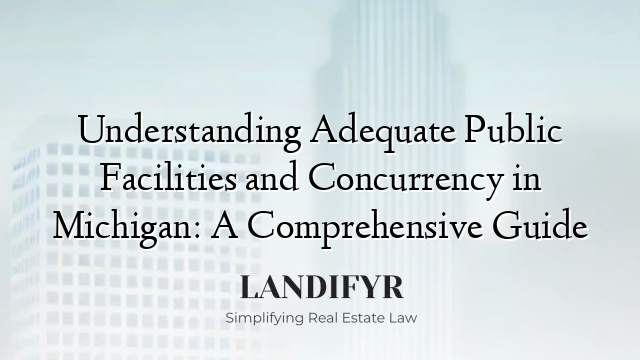Understanding Floodplain Remapping Impacts in Idaho: Lender Requirements and Appeals
Introduction to Floodplain Remapping Floodplain remapping refers to the process of updating flood hazard maps that delineate areas susceptible to flooding. This is a critical practice in Idaho, where the topography and hydrology subject various regions to flooding risks, necessitating ongoing assessments to ensure community safety and resilience. The Federal Emergency Management Agency (FEMA) leads […]
Understanding Floodplain Remapping Impacts in Idaho: Lender Requirements and Appeals Read More »









